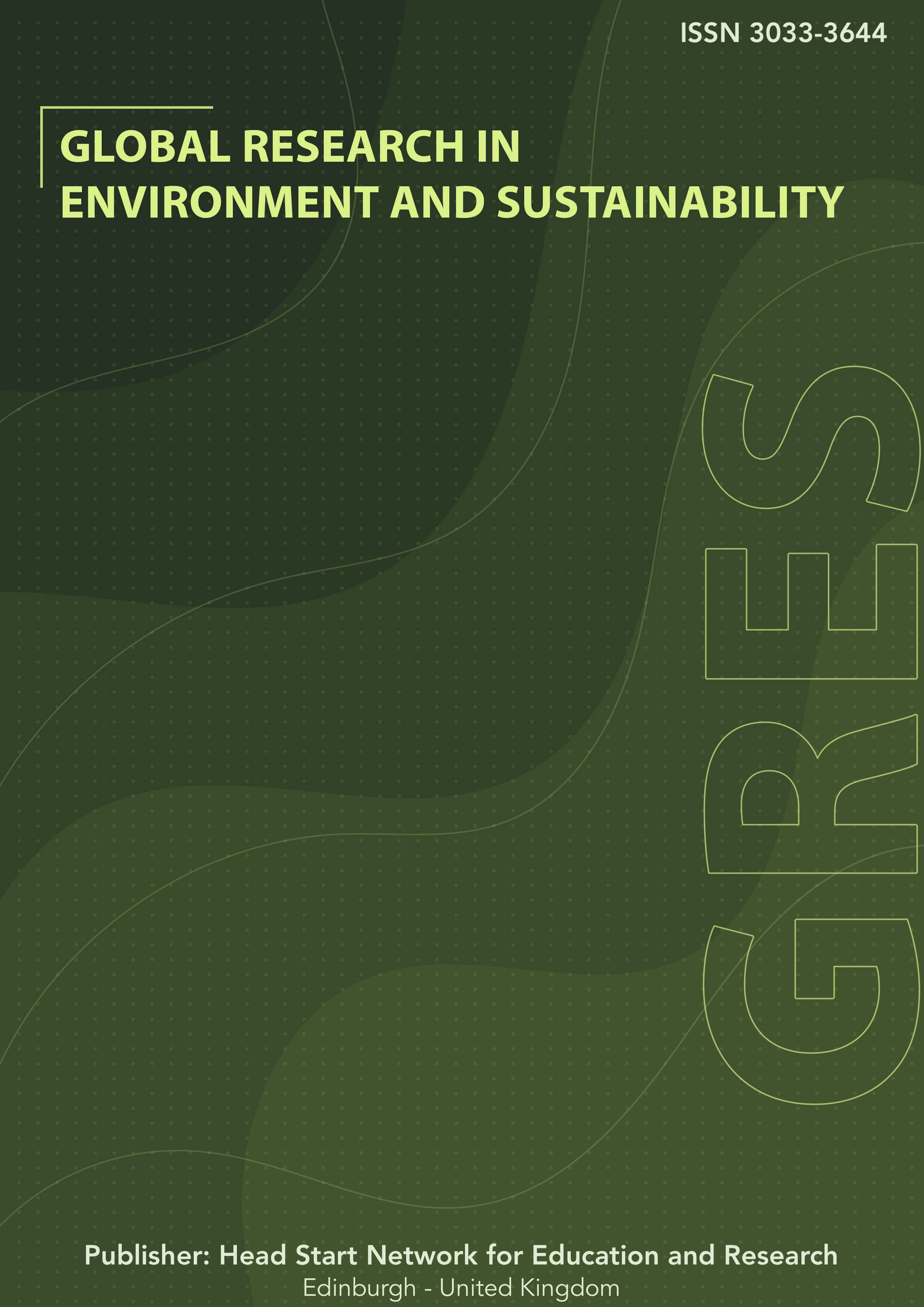Comparative Analysis of Radon Equilibrium Equivalent Concentration in Educational Buildings of the Central and Southern Part of Tajikistan
DOI:
https://doi.org/10.63002/gres.302.863Keywords:
radon activity concentration, school, kindergarten, radon monitoring, track detectors, internal radiation dose, Dushanbe, Khatlon regionAbstract
Comparative analysis of radon equilibrium equivalent concentration (EEC) in educational buildings of some Tajikistan regions were studied in this work. The study of radon activity concentration in the atmospheric air of preschool and school buildings in the Central and Southern parts of Tajikistan was conducted. Radon EEC was measured using track detectors. In total 36 preschools and 58 secondary schools in Dushanbe and Khatlon region of Tajikistan were examined. Track detectors were installed depending on the population density of cities and regions. Measurements of the radon EEC were carried out for 3 months during the heating season (winter) and 3 months during the warm season (summer). It was determined that the contribution of radon and its daughter products to the average annual effective equivalent dose of radiation for children while in schools and kindergartens in Dushanbe and Khatlon region is 0.53–1.7 mSv/year and in the same range.
Downloads
Published
Issue
Section
License
Copyright (c) 2025 Mirsaidzoda I. , Muminov, S. V., Mirsaidov, U. M., Barotov, B. B., Khamidov, F. A.

This work is licensed under a Creative Commons Attribution 4.0 International License.





